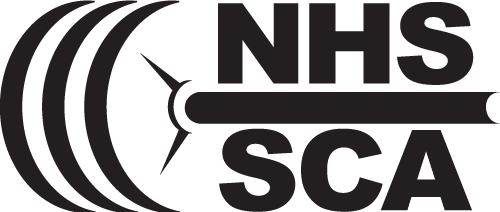Quiz Summary
0 of 1 Questions completed
Questions:
Information
You have already completed the quiz before. Hence you can not start it again.
Quiz is loading…
You must sign in or sign up to start the quiz.
You must first complete the following:
Results
Results
0 of 1 Questions answered correctly
Your time:
Time has elapsed
You have reached 0 of 0 point(s), (0)
Earned Point(s): 0 of 0, (0)
0 Essay(s) Pending (Possible Point(s): 0)
Categories
- Not categorized 0%
Considering the diverse population and limited facilities, Coach Terry should consider implementing a training system that combines elements of both High Intensity Training (HIT) and Starting Strength.
HIT can be an effective approach for the high school classes, given the limited time and equipment available. It allows for time-efficient workouts with one set to failure for each exercise, which is suitable for a co-ed, non-grade specific class. The emphasis on forced repetitions in HIT can also help accommodate the 85% of varsity student-athletes who participate in multiple sports, as it allows for individualized adjustments based on their specific needs and capabilities.
Starting Strength principles can be incorporated to focus on technical mastery of key compound movements, such as the squat, bench press, overhead press, deadlift, and power clean. These movements provide a solid foundation for strength development and can be performed with 3-4 athletes at each rack, utilizing the available equipment efficiently.
For the middle school program, the focus should be on developing fundamental movement skills, overall coordination, and body awareness. The 3-5 main skills that the program should prioritize to prepare students for the high school level could include:
- Proper squat mechanics: Teaching and reinforcing correct squatting technique, which will serve as a foundation for future strength training and athletic movements.
- Bodyweight exercises: Developing proficiency in bodyweight movements like push-ups, pull-ups, lunges, planks, and basic core exercises to enhance overall strength and stability.
- Movement patterns: Introducing and refining various movement patterns such as running, jumping, skipping, hopping, throwing, and catching to improve coordination and athleticism.
- Teamwork and cooperation: Incorporating activities that encourage teamwork, communication, and cooperation among students to promote a positive and inclusive environment.
- Introduction to resistance training: Familiarizing students with basic resistance training exercises using light weights, resistance bands, or bodyweight to introduce them to strength training concepts.
In the high school classes, it would be beneficial to implement differentiated instruction based on the students’ needs and goals. While a periodization model, such as Block Periodization, can provide structure and progression, individualized modifications may be necessary. This could involve adjusting training volumes, intensities, or exercise selection based on factors like sport-specific demands, strength levels, and progression.
High school students can be grouped based on their progression level and training needs rather than solely by gender or sport. This approach allows for a more targeted and effective training experience. Grouping students with similar strength levels and progression can create a supportive and challenging environment where individuals can work together to reach their goals.
To develop athleticism without the use of field, turf, or gym space, Coach Terry can focus on bodyweight exercises, resistance training with available equipment, and incorporating agility and plyometric exercises. These exercises can be performed in the available space within the facilities. Additionally, Coach Terry can incorporate conditioning drills, circuit training, and other forms of interval training that require minimal space while improving cardiovascular fitness and overall athleticism.
It’s important to note that Coach Terry should carefully assess the specific needs, resources, and limitations of the school and the student population. Adjustments and modifications to the training system may be necessary based on further evaluation and feedback from the students and staff.
- 1
- Current
- Review
- Answered
- Correct
- Incorrect
- Question 1 of 1
1. Question


